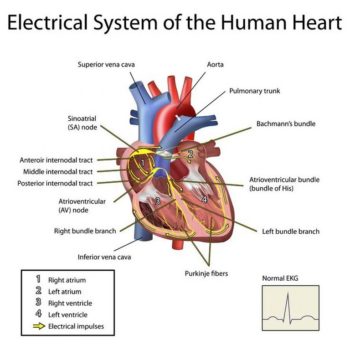A Cardiac Primer for the Correctional Nurse: Arrhythmias and the ECG
In 2015, the Department of Justice Bureau of Statistics published the latest Special Report of Medical Problems of State and Federal Prisoners and Jail Inmates, 2011-2012. In it, the prevalence of heart-related problems in state and federal prisoners was 9.8%, whereas the prevalence of heart-related problems in the general population (for the same demographic group) was 2.9%. In jail inmates, the prevalence of heart-related problems was 10.4% while the prevalence in the general population was only 1.9%. For all, heart-related problems were defined as any of the following: angina; arrhythmia; arteriosclerosis; heart attack; coronary, congenital, or rheumatic heart disease; heart valve damage; tachycardia; or other type of heart problem. In addition, hypertension occurred in 26.3 % of the jail population (13.9% in the general population) and 30.2% of the state and federal prisoners (18.1% in the general population). Thus, the correctional nurse must have a good foundation in cardiac pathophysiology and the conditions associated with aberrations of cardiac health in order to properly identify and care for the many patients with heart-related disorders that they will encounter.
In this class, the functioning of the heart will be discussed, including circulation and the electrical stimulation that allows it to function properly. Common arrhythmias will be explained. The importance of electrode placement for an ECG will be discussed, and the correct placement will be reviewed.
